Ira Goldberg
New York, USA
Dr. Goldberg received his undergraduate degree from MIT and his medical degree from Harvard Medical School. After fellowships in endocrinology and metabolism, and atherosclerosis and metabolism, he was appointed to the faculty of the Department of Medicine at Columbia University in 1983 and was Chief of the Division of Preventive Medicine and Nutrition and the Dickinson Richards Professor of Medicine. He is currently the Clarissa and Edgar Bronfman, Jr. Professor and Chief of the Division of Endocrinology, Diabetes and Metabolism at New York University School of Medicine.
Dr. Goldberg has published over 200 articles, as well as numerous book chapters, editorials, and reviews. His research has focused on abnormalities of lipoprotein metabolism, macrovascular disease in diabetes, and the role of triglycerides in atherosclerosis. Among Dr. Goldberg’s honors is a MERIT Award from the National Heart, Lung, and Blood Institute. He was chosen to give the 2007 Robert Levy Lecture of the NPAM Committee of the American Heart Association, the Edwin Bierman Lecture on diabetes and heart disease at the 2010 American Diabetes Association Meeting, and the 2017 George Lyman Duff Lecture of the ATVB council.
Tuesday 24 May
Trigylcerides: From systemic to cellular metabolism
- Maurizio Averna
-
Lale Tokgözoğlu
Lale Tokgözoğlu
Ankara, TurkeyS. Lale Tokgözoğlu, MD, FACC, FESC is Professor of Cardiology at Hacettepe University, Ankara, Turkey. She is currently the immediate Past-President of the European Atherosclerosis Society and Deputy Editor of the European Heart Journal. She chaired the ‘Atherosclerosis and Vascular Biology Working Group of the European Society of Cardiology’ between 2008 and 2010. Prof. Tokgözoğlu has served on the Board of the Turkish Society of Cardiology and was elected to be the first female President of the Society in its history, between 2014-2016. During that time, she worked with the Ministry of Health to develop ‘Heart Health policies’ and strategies. She also chaired the Dyslipidaemia Working Group of the Turkish Society of Cardiology. She has contributed to several Guidelines and Consensus Papers on dyslipidaemia and Preventive Cardiology both in Europe and nationally. She was a member of the Steering Committee of the EUROASPIRE III-V studies which were the landmark studies defining preventive measures in Europe. She has also served on the Board of the Prevention Association as well as different committees of the European Society of Cardiology including the Fellowship and Training Committee, the Education Committee and currently the Research and Grants Committee. She is a member of the Science Academy and a founding member of the Atherosclerosis Research and Education Society in Turkey. She is also a founding member of the Department of Noncommunicable diseases in Hacettepe University. She serves on the Scientific and Research Council of Turkey Working Group on women researchers.
Awards:
Metrodora Award Global Leader in Science and Health 2020
Istanbul Medical Association Science Award in 2019
Paul Dudley White Science team award AHA 2017
Prof. Dr. Şeref Zileli Resident of the Year” Award in 1987
Young Investigator Award of the Turkish Society of Cardiology in 1994
Whether elevated triglycerides, a surrogate for triglyceride [TG]-rich lipoproteins and their remnants, are associated with risk for cardiovascular disease, has engendered much debate over the decades. Current thinking, largely driven by insights from genetic studies, supports this association although definitive proof is still lacking from major outcomes studies. In addition, the underlying mechanisms of the atherogenicity of TG-rich lipoproteins merit further study. Given that lipoprotein lipase (LpL) plays a central role in TG metabolism, and those genes that modulate its activity correlate with the risk of cardiovascular disease events, research has focused on LpL biology to address this latter question.
ElucidatIon of the structure of the LpL active protein and its interaction with other post-translational regulators has been an important step. Studies showing that LpL is active as a monomer challenged thinking that LpL inhibitors like angiopoietin-like 4 (ANGPTL4) and stabilizers like lipid maturation factor 1 (LMF1) act by disrupting or maintaining LpL in dimer form. These insights prompted interest in developing targets to block LpL to reduce circulating TG levels.
Involvement of LpL in the intravascular hydrolysis of TG-rich lipoproteins on the surface of capillary endothelial cells has driven research into the multiple pathways that mediate endothelial transit of lipids into tissues. There is evidence to suggest a role for receptor-mediated processes in the movement of lipoproteins into the sub-endothelial space. In addition, studies have identified factors that may influence endothelial barrier integrity and thus delivery of lipids.
Taken together, it is evident that improved understanding of TG regulation at the cellular level may offer new therapeutic potential for the management of elevated TG to reduce residual risk.
Key references
Goldberg IJ, Cabodevilla AG, Samovski D, Cifarelli V, Basu D, Abumrad NA. Lipolytic enzymes and free fatty acids at the endothelial interface. Atherosclerosis 2021;329:1-8.
Cabodevilla AG, Tang S, Lee S, Mullick AE, Aleman JO, Hussain MM, Sessa WC, Abumrad NA, Goldberg IJ. Eruptive xanthoma model reveals endothelial cells internalize and metabolize chylomicrons, leading to extravascular triglyceride accumulation. J Clin Invest 2021;131:e145800.
Abumrad NA, Cabodevilla AG, Samovski D, Pietka T, Basu D, Goldberg IJ. Endothelial cell receptors in tissue lipid uptake and metabolism. Circ Res 2021;128:433-450.

